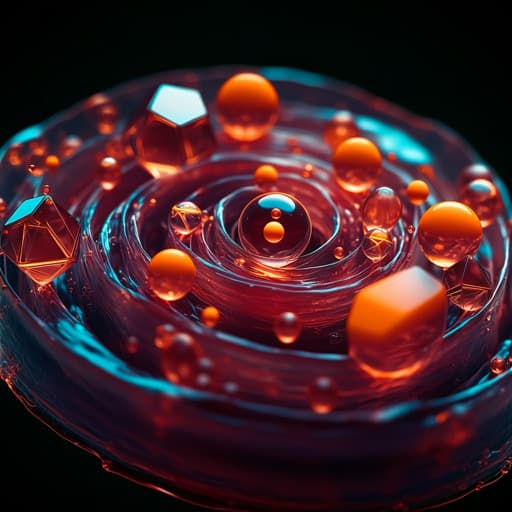
Engineering and Technology
Potential of Coccolithophore Microalgae as Fillers in Starch-Based Films for Active and Sustainable Food Packaging
A. S. P. Moreira, J. Gonçalves, et al.
Discover how employing coccolithophore microalgae like Emiliania huxleyi and Chrysotila pseudoroscoffensis in starch-based films has revolutionized biodegradable and bioactive food packaging. This innovative research conducted by Ana S P Moreira and colleagues highlights enhanced hydrophobicity and impressive antioxidant activity, paving the way for sustainable packaging solutions.
~3 min • Beginner • English
Related Publications
Explore these studies to deepen your understanding of the subject.







